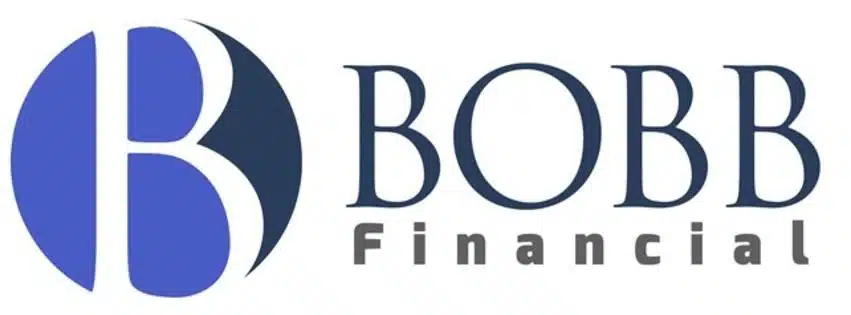The time has come for college bound families to fill out the FAFSA again. Students planning to start college for the 2018-2019 school year can fill the Free Application for Federal Student Aid (FAFSA) out as of October 1st.
The FAFSA is primarily used determine a student’s eligibility for financial aid. Filling out the FAFSA will determine families Expected Family Contribution (EFC) toward their kid’s college expenses. A family’s EFC is the minimum amount they will be expected to pay for college. Some colleges, approximately 400, also require the CSS Profile, which is a much more detailed form.
Who should fill out the FAFSA?
EVERYONE! Filling out the FAFSA is necessary to qualify for financial aid, but should also be filled out by families that know they won’t qualify for financial aid. Filling out the FAFSA is necessary to get:
- Merit-based aid
- Federal student loans
Submit the FAFSA early!
Submitting your FAFSA early gives your student a better chance of receiving the highest award colleges have to offer. Many schools have an early filing deadline of November 1st.
No reason NOT to fill it out.
I have heard many families say that they don’t intend to fill out the FAFSA. When I ask why, their answer is almost always, “we won’t qualify for any aid!” I have found that many families that say this actually would qualify for aid, if they fill the form out. Even if you don’t qualify for aid, you still need to fill the FAFSA out.
You have nothing to lose by filling out the FAFSA and a ton to gain. You gain access to:
- Need-based aid
- Merit-based aid
- Federal student loans
The worst that can happen: you don’t qualify for any aid and spent a whole hour of your life filling the form out, but your student is now eligible for merit scholarships and federal student loans.
What is included on the FAFSA?
The FAFSA is going to ask information about your household income and assets. Assets in retirement accounts like a 401(k), 403(b), IRA, or Roth IRA are not included on the FAFSA. Assets that are included are checking and savings accounts, CDs, investment accounts, and real estate investments.
All 529 plan assets in the household must be included as well. If a family has two kids with $20,000 in a 529 plan for each, then $40,000 is the amount that should be disclosed on the FAFSA.
Your student’s assets and income are counted on the FAFSA as well. Student assets are counted at 20% versus 5.64% for parent assets.
FAFSA is a one-time snapshot
The FAFSA is based on your income in the “prior-prior” year, and assets on the day you fill the form out. If you are filling out the FAFSA for the 2018-19 school year, the income reported will be tax year 2016. The assets reported are your asset totals on that specific day.
A great day to be poor!
If there is ever a time in your life that you want to look as poor as possible, it’s the day you fill out the FAFSA. The lower your asset levels on that day, the more likely you are to receive financial aid.
The ideal time to start planning for filling the FAFSA out is the spring of a student’s sophomore year and fall of their junior year. BUT, if you didn’t start planning early and your student is in their senior year, there may still be some EFC reduction strategies you can use to maximize your opportunity to receive more need-based aid.
Having knowledge of the FAFSA can increase need-based aid for your student. It literally “pays” to know which assets are counted on the FAFSA and which assets aren’t. If you are filling out the FAFSA for the first time, or need help with your college planning, you are welcome to contact me to set up a phone call to discuss how we can help.
Brad Bobb, CFP® is the owner of Bobb Financial Inc, and an expert in retirement planning for federal employees.

